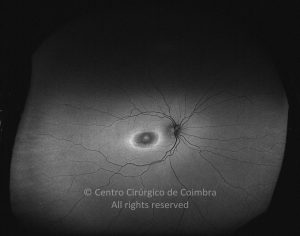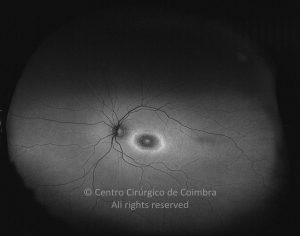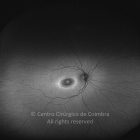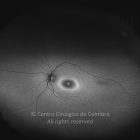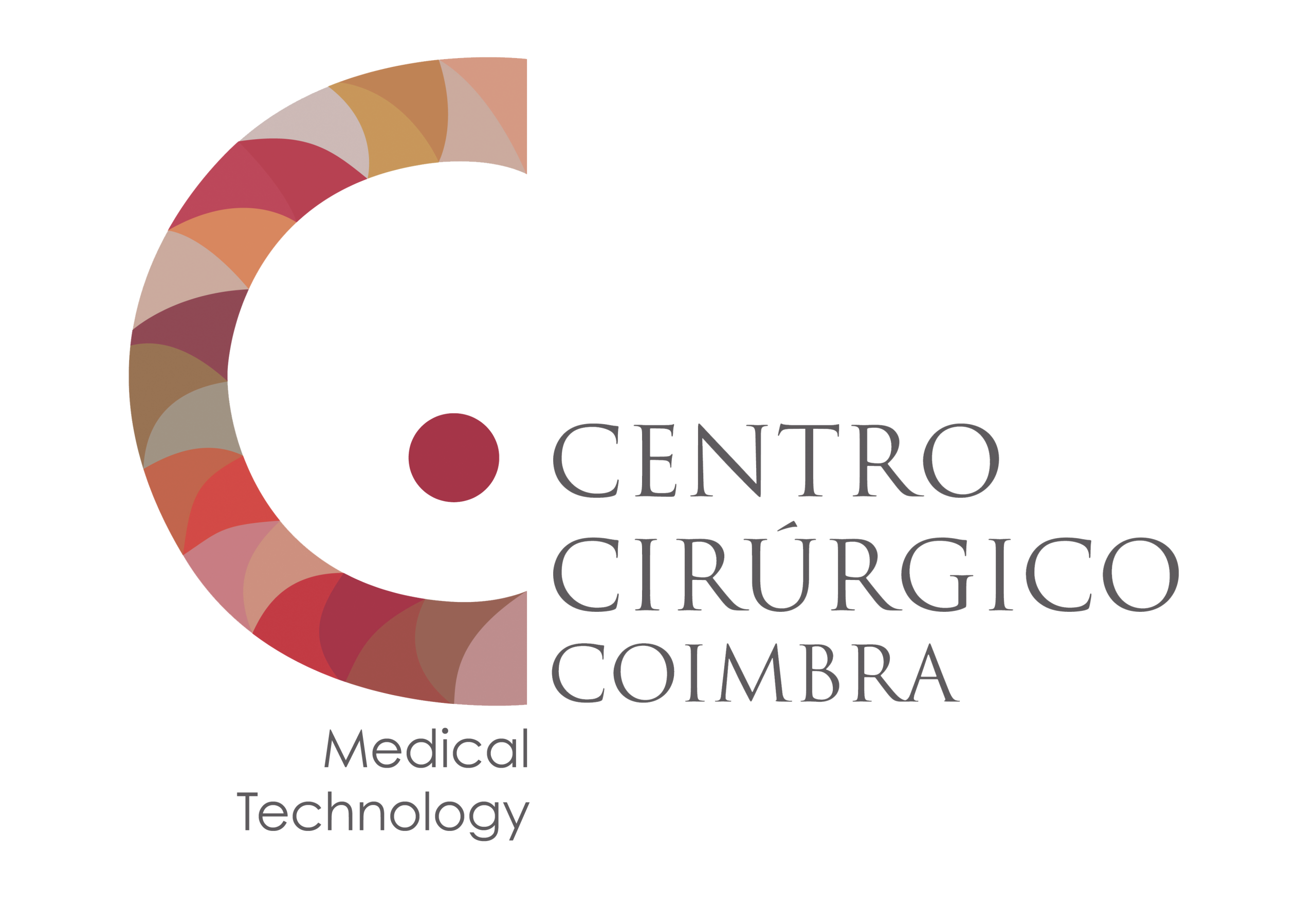One of the most important of the retinotoxic diseases is caused by the prolonged use of chloroquine (CQ) or hydroxychloroquine (HCQ) leading to degeneration of RPE and neurosensorial retina. These drugs are used to treat systemic lupus erythematosus, rheumatoid arthritis and other connectivitis. Hydroxychloroquine use has markedly increased because it has become a first-line drug for some connectivitis.
High dose and long duration of use are the most significant risks. Other major factors are concomitant renal disease, or use of tamoxifen. Ophthalmologic screening is important during treatment, for early detection, while sub-clinical changes may be reversible.
In patients currently or previously medicated with HCQ, 10-2 automated threshold visual fields, fundus autofluorescence and spectral-domain optical coherence tomography should be performed to screen for macular toxicity. Early changes in Multifocal Electroretinogram occur, in the absence of symptoms or clinical signs of retinal toxicity. However, the first sign of toxicity, which may occur before development of any ophthalmoscopic changes (loss of foveal reflex and abnormal macular pigmentation) or electrophysiologic abnormality, is a paracentral visual field loss. Later findings include retinal changes (bull’s eye maculopathy), color vision loss, absolute scotoma and decreased vision.





